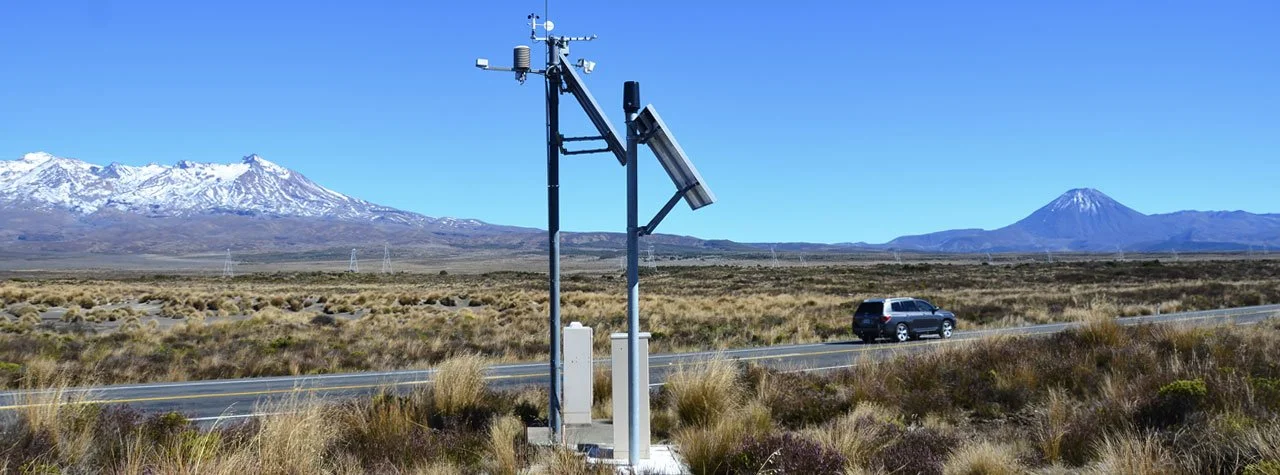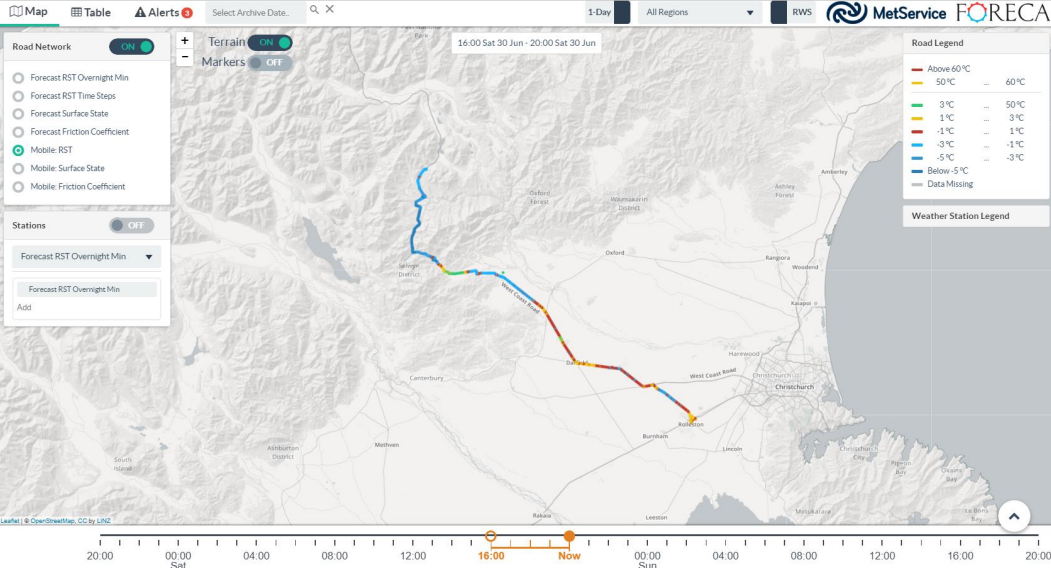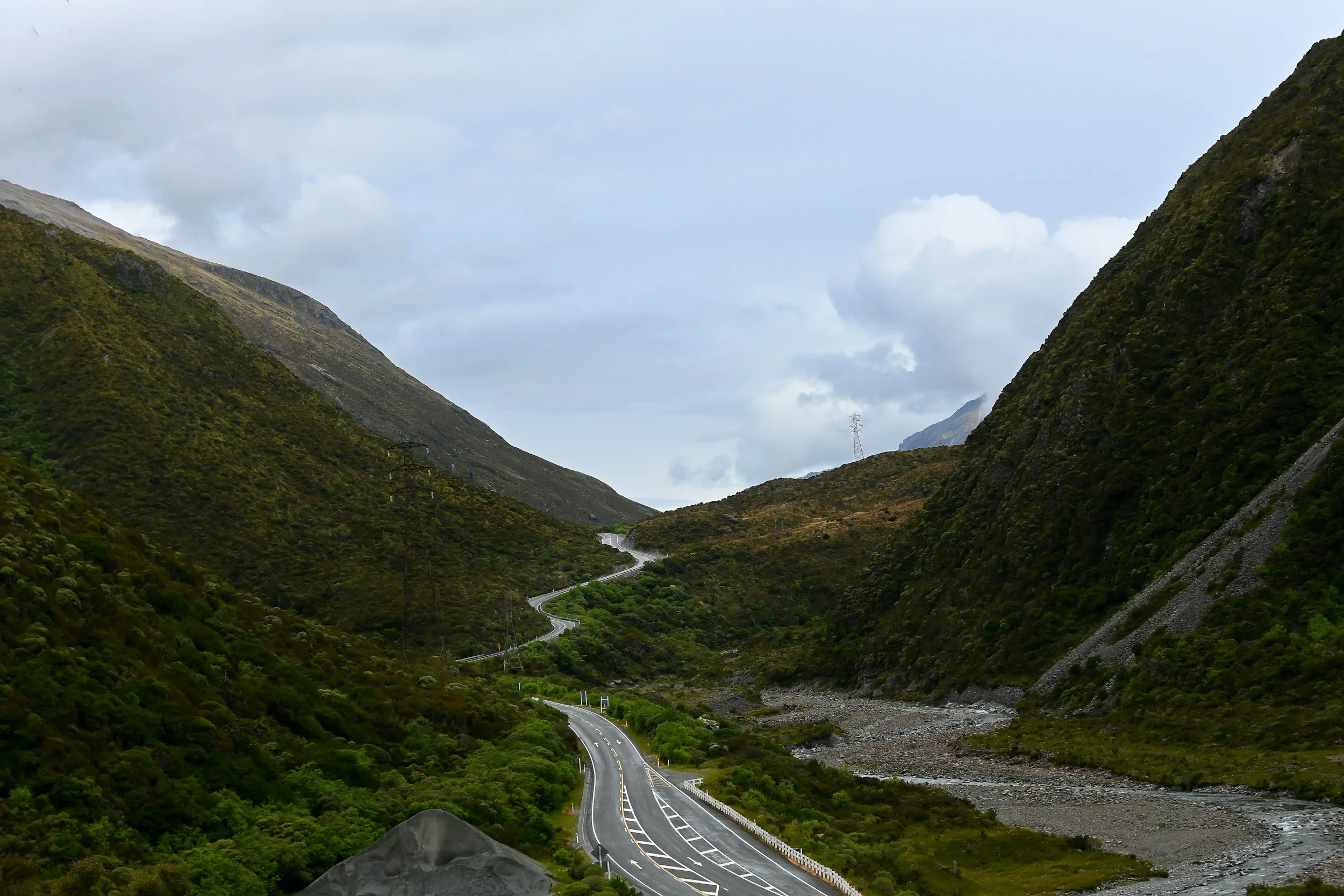Weather Solutions for Transport
MetService supports New Zealand’s transport sector with trusted road-weather forecasting and decision-support services.
Providing weather support for roading in Aotearoa is complex – NZ roads span from winding coastal routes to alpine high country, and contractors and users face a range of hazards, from freezing to melting conditions.
MetService delivers critical weather intelligence and decision-support tools to aid New Zealand’s transport network. We collaborate closely with Waka Kotahi NZ Transport agency, local councils, and major road contracting companies, to deliver tailored road-weather solutions.
There are two key elements of our service to the transport sector:
Safeguarding the lives and livelihoods of road users by mitigating the impact of weather hazards.
Improving road maintenance efficiency.
Ways we can help:
Products for the Transport Industry
Road Weather System (via MetConnect)
MetService’s Road Weather System is a powerful tool that delivers quality road weather information for the entire State Highway network. Users can view archived past data, real-time observations, and forecasts from a network-wide perspective, right down to a small section of road within a region.
The system advises which roads will freeze, become slippery, or are likely to melt, and when and where these conditions may occur. Plus, stay informed with automatic alerts for conditions that exceed thresholds.
Weather Briefings
Our team of expert road weather meteorologists are on hand to provide tailored weather advice and impact guidance for your build projects or operational maintenance work.
Our written or verbal (phone call) briefings can be scheduled regularly, or occur on an ad-hoc basis.
Threat Matrices
A threat matrix depicts the likelihood and severity of incoming weather that may pose a risk to transport operations. The familiar traffic light visualisation (red/orange/green) is easy to interpret, enabling you to quickly grasp the situation and make informed decisions.
Our severe weather matrices can cover any section of road, and use custom, pre-defined thresholds (i.e. quantified ice, rain, or snow levels) that are likely to impact operations, pose a safety risk, or lead to downtime, disruptions or road closures.




